For any serious bonsai enthusiast on the Eastern Seaboard, there was one place to have been on March 14th. Gateway Garden Center in Hokenssin, DE was host to over 400 bonsai being sold from the legendary Kennett Collection.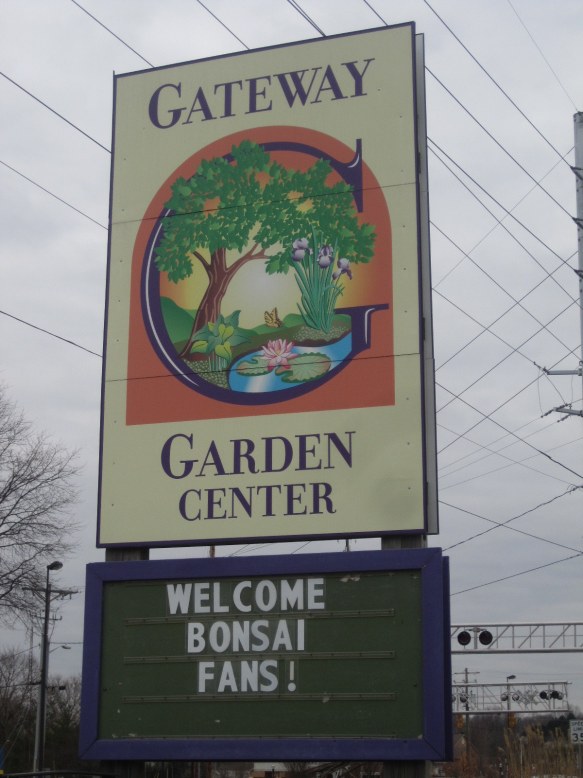
Almost all the trees had been imported from Japan and were being sold at amazing prices. I actually passed on buying things last month in Japan in anticipation of this sale.
Museum Curator Jack Sustic, myself, and Museum volunteer Ted Pickett drove up that morning and arrived an hour early. People had already began to muster, circling the perimeter trying to locate the trees they wanted.
There were buyers from Massachusetts, Ohio, Pennsylvania, Delaware, New York, New Jersey, Maryland, Virginia, North Carolina, Georgia, and even Houston, Texas. Let me know if I missed any.
 A tent had been set up with cashiers, heaters and best of all free coffee and donuts.
A tent had been set up with cashiers, heaters and best of all free coffee and donuts.
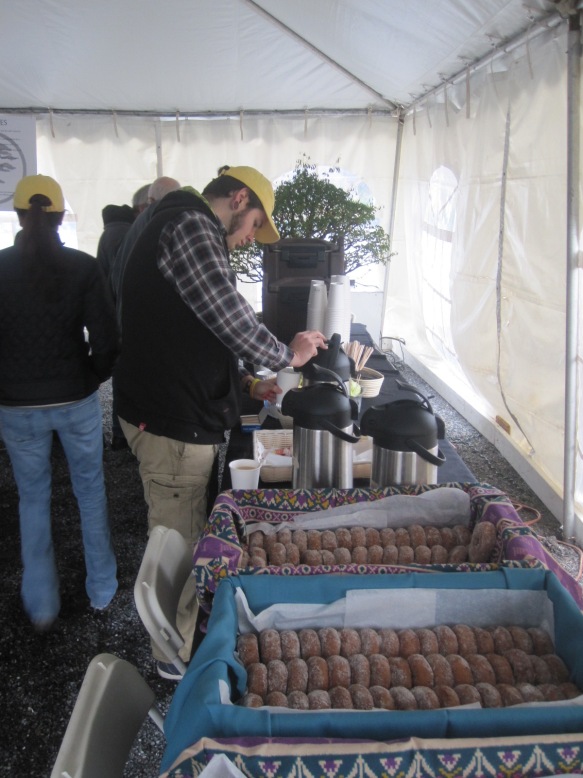 The rules were simple and as fair as possible so that everyone got a chance to get a tree.
The rules were simple and as fair as possible so that everyone got a chance to get a tree.
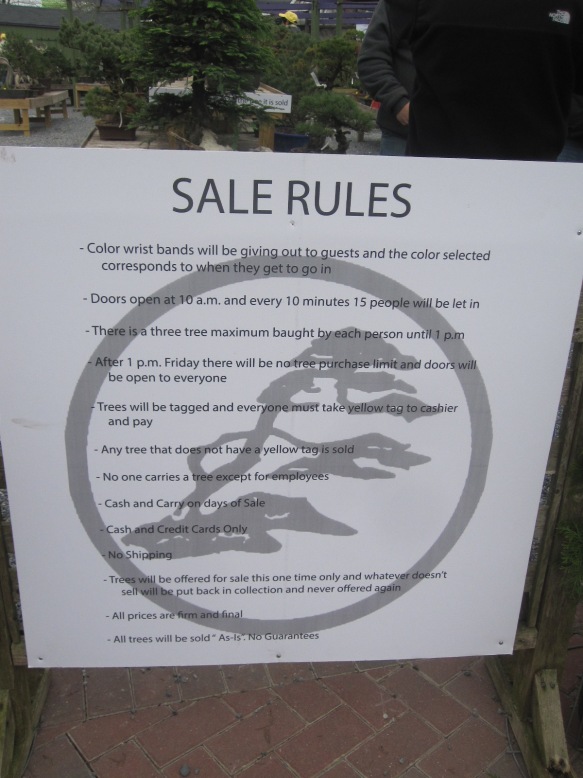 Each person pulled a wrist band out of a box and that determined when you could go in.
Each person pulled a wrist band out of a box and that determined when you could go in.
Peter Warren MC’d the event, going over everything in detail and bound everyone to a gentlemen’s agreement to abide by the rules.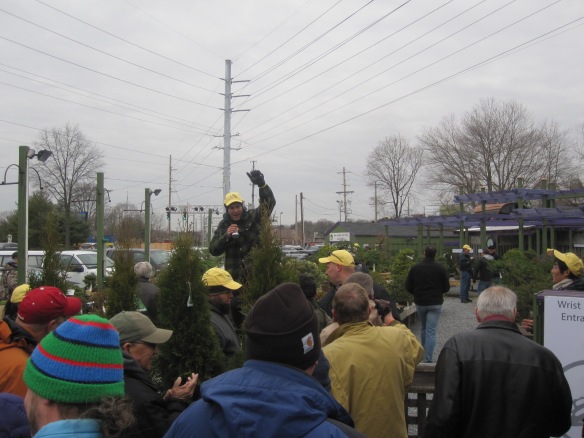
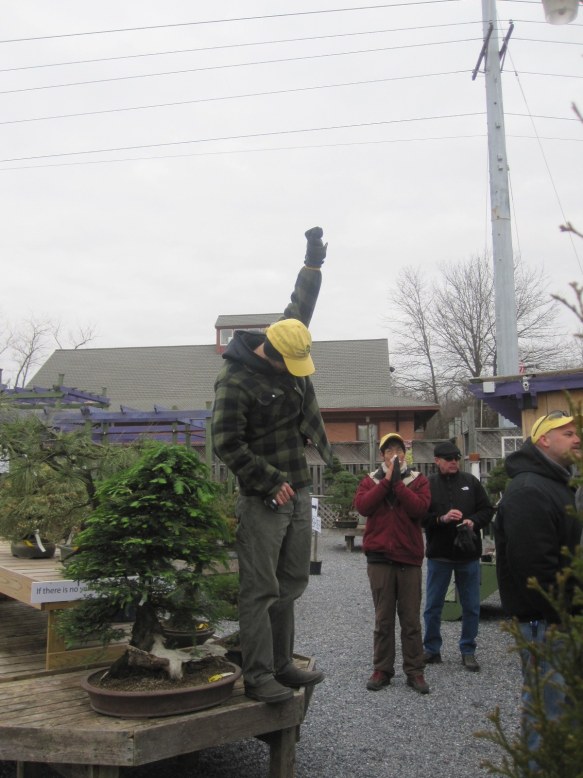 In what we can hope will become as iconic an image as the original, Peter pumped up the crowd with the shout of “Bonsai Power!”.
In what we can hope will become as iconic an image as the original, Peter pumped up the crowd with the shout of “Bonsai Power!”.
Jack at the starting gate waiting for his group to go. No one dared to try anything funny with what I assume were the first bouncers ever at a bonsai sale.
I was in shortly after Jack and was able to photograph the trees. Enjoy.
The first group went in at 10 am and apparently this maple was the first tree purchased, by 11:30 over half the bonsai were sold.
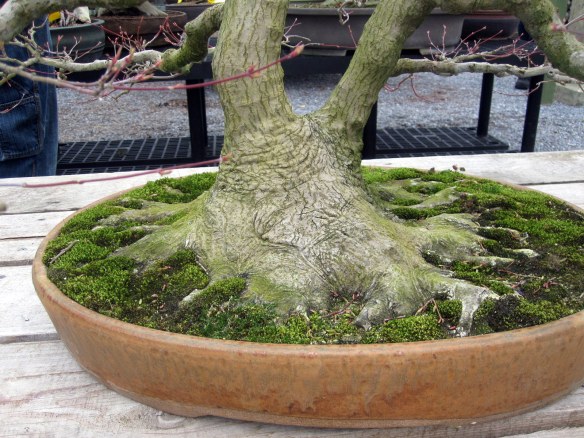

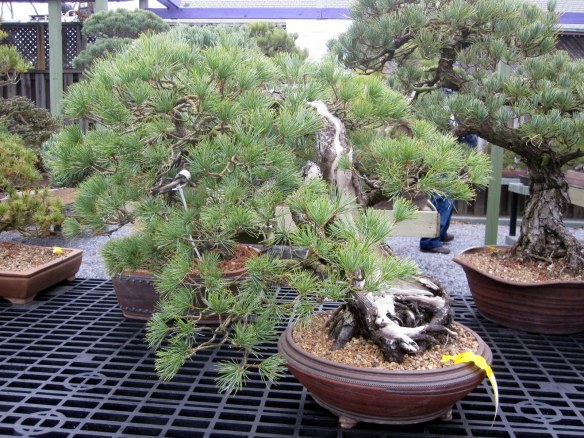
It was a great experience, even for those who didn’t get exactly what they wanted. Thank you to Mr. Paul and everyone involved in orchestrating this event. It’s exciting to know that so many fine bonsai have been distributed around the U.S. and I assume we will be seeing many of them in upcoming exhibitions.

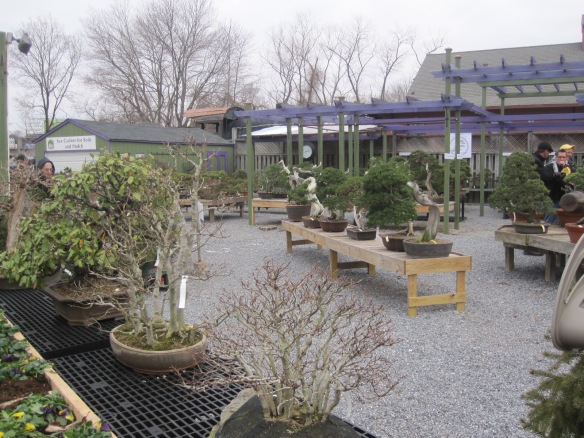


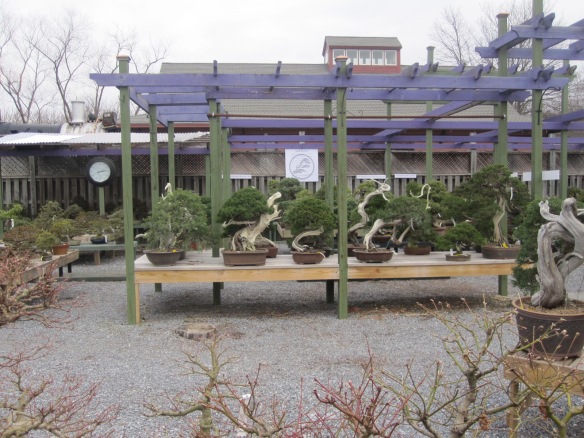
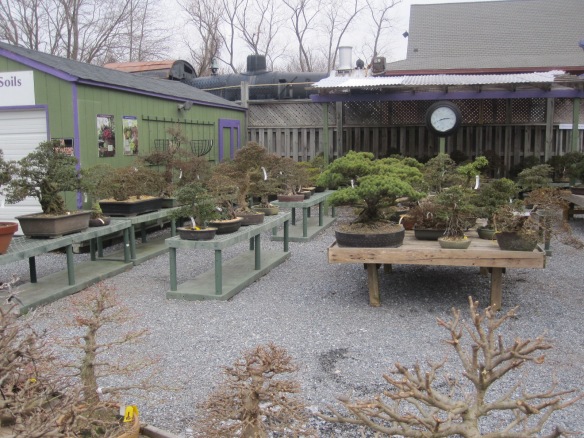
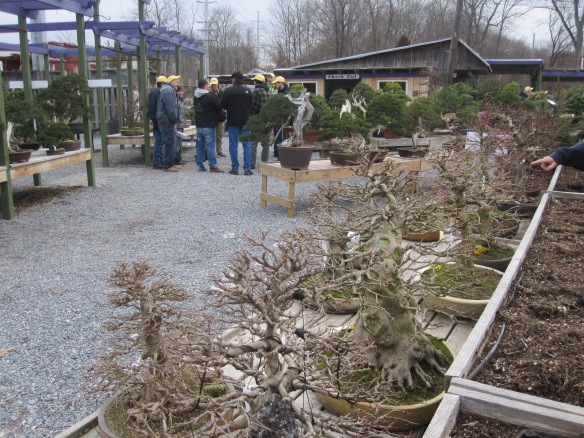
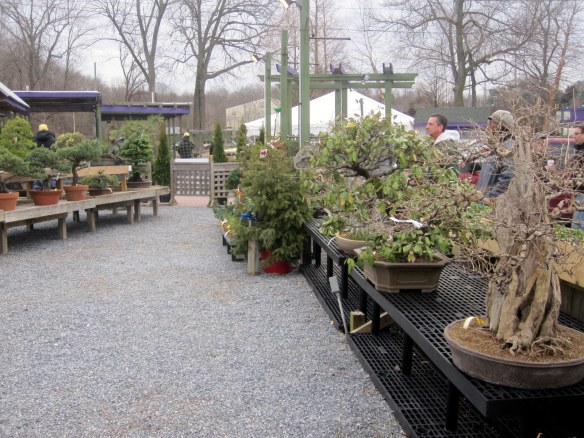
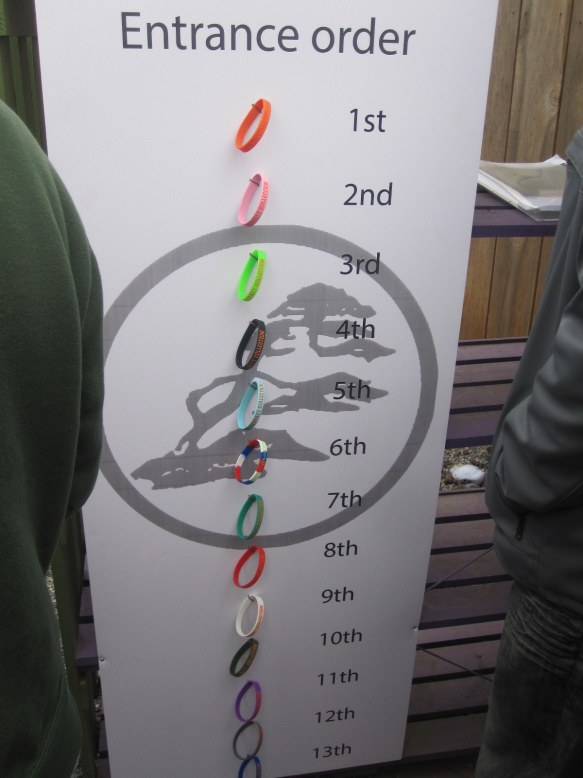
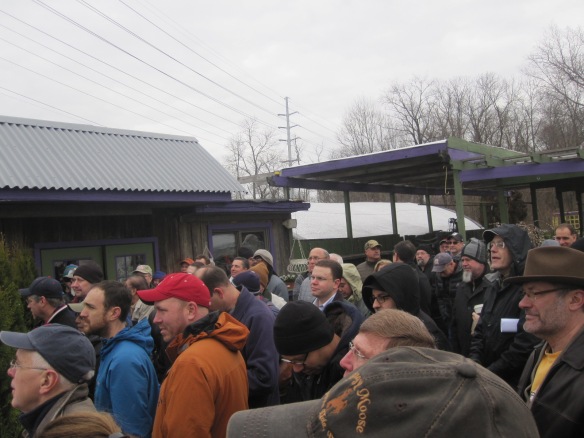


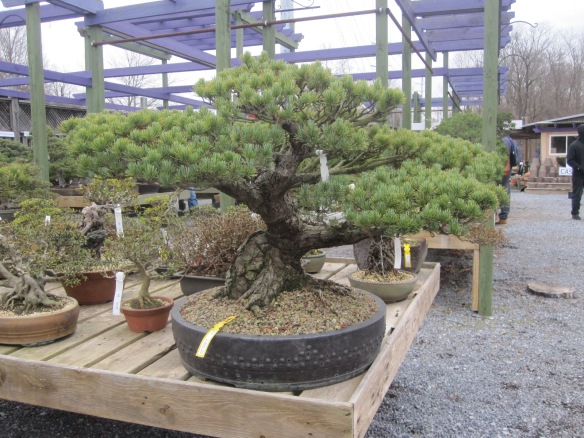
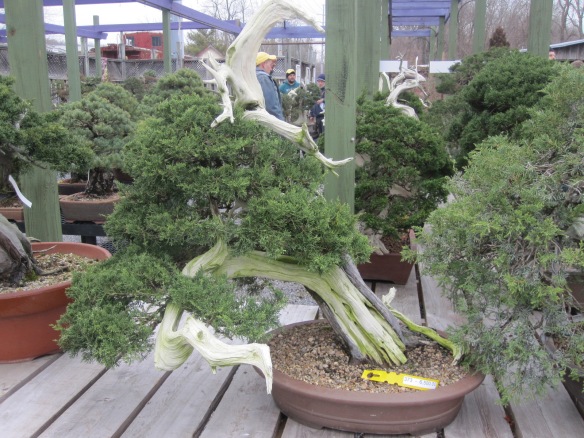
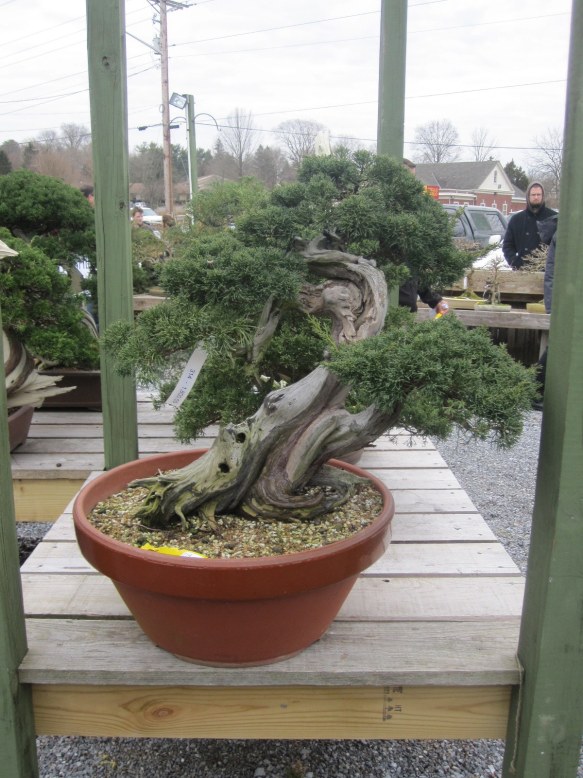
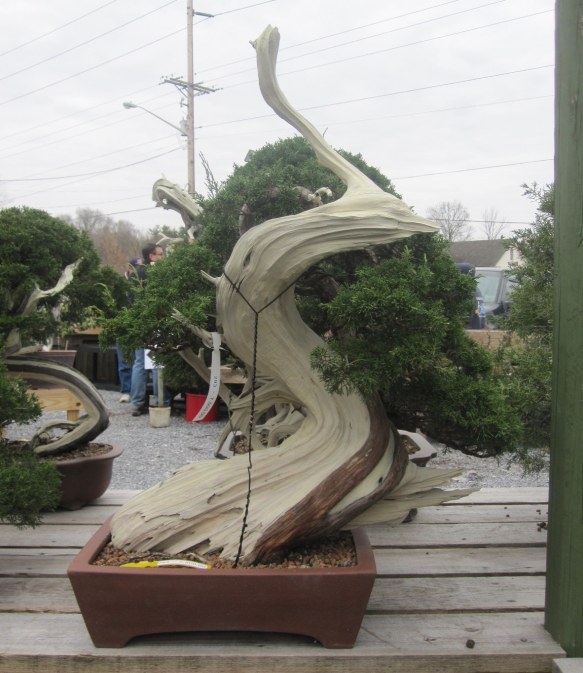


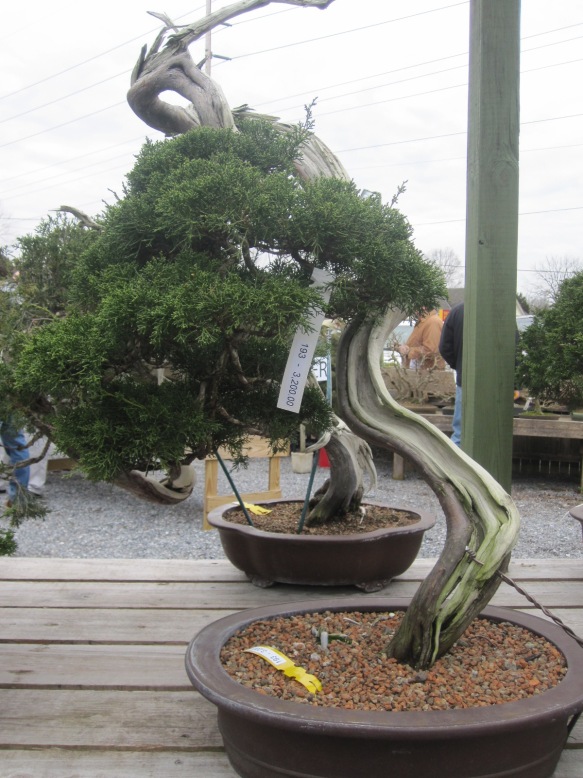
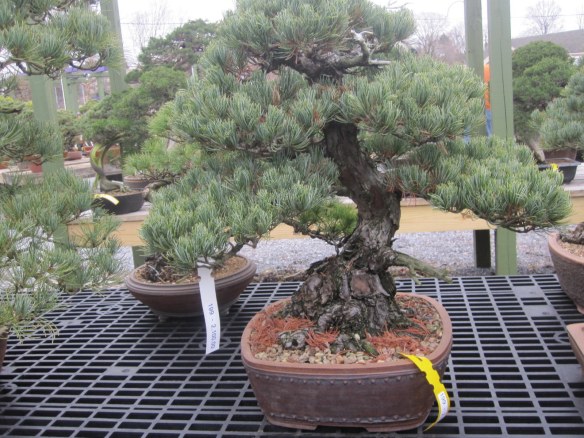

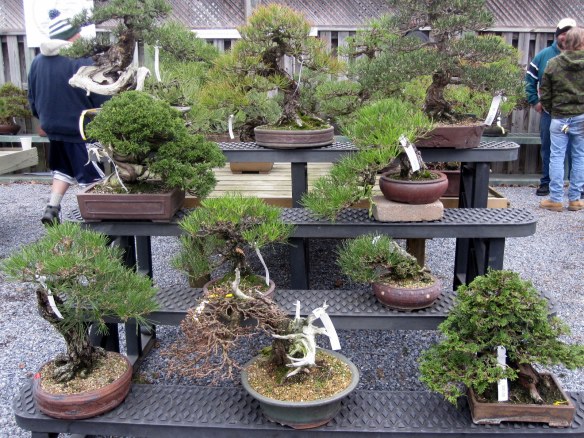

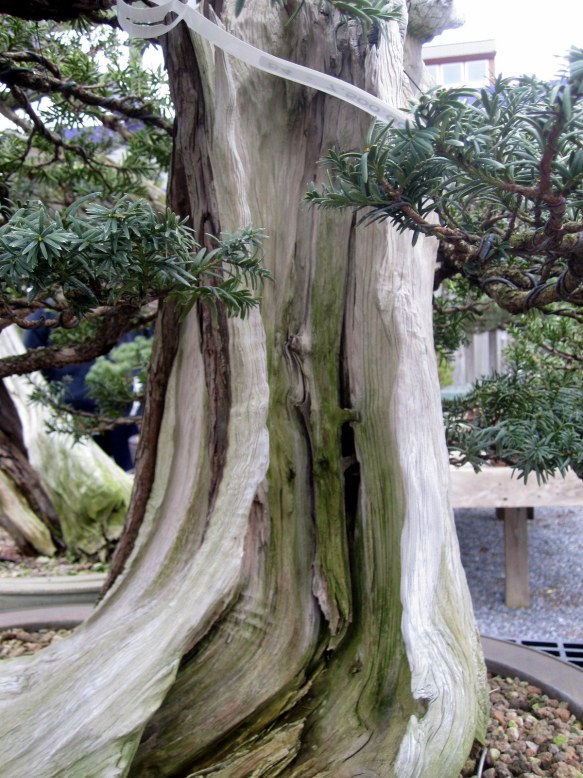
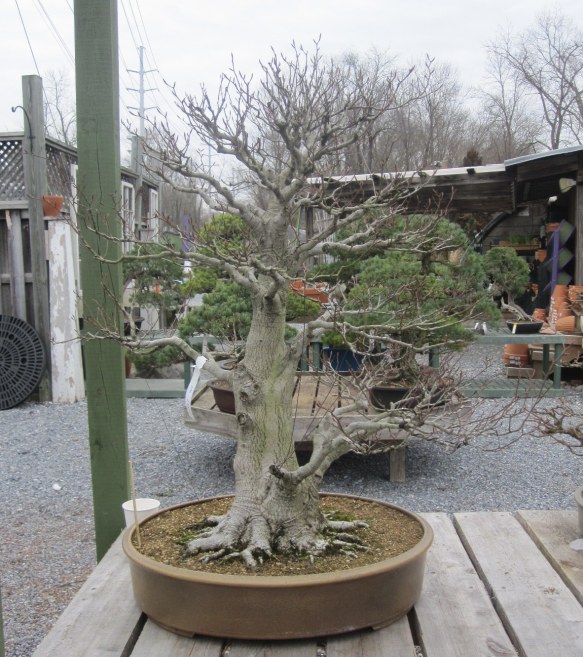

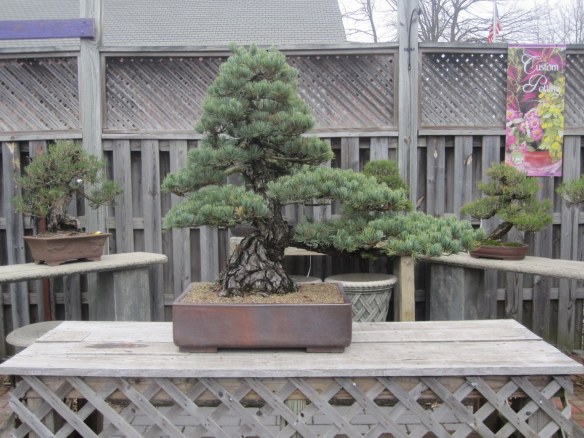

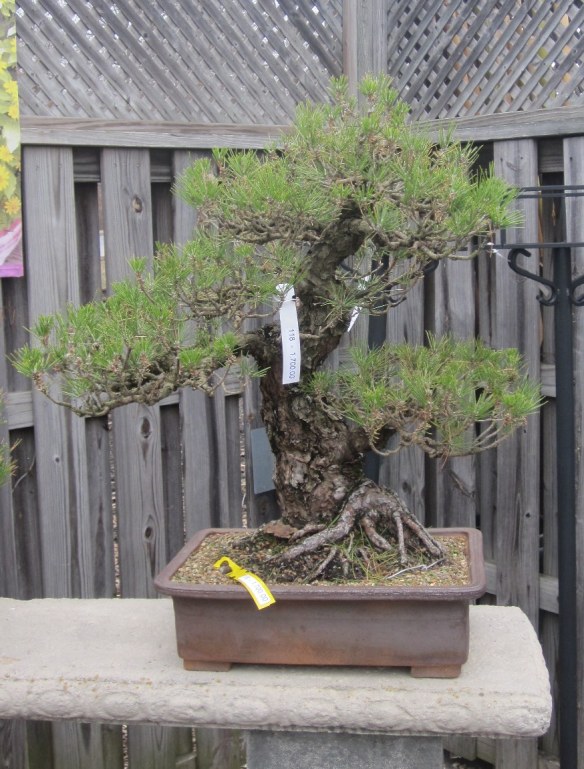


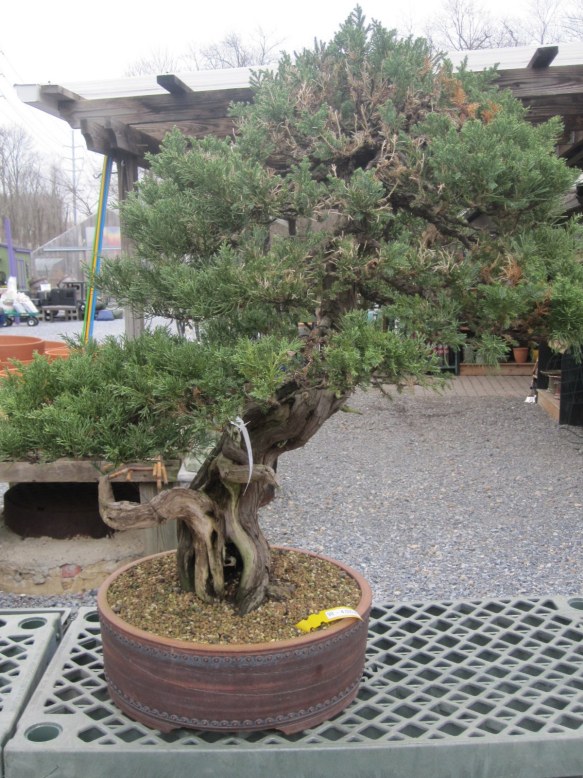
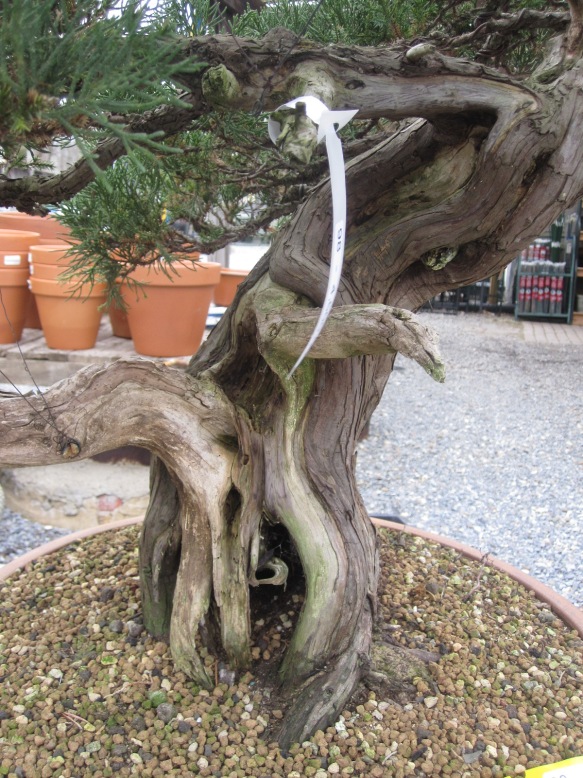

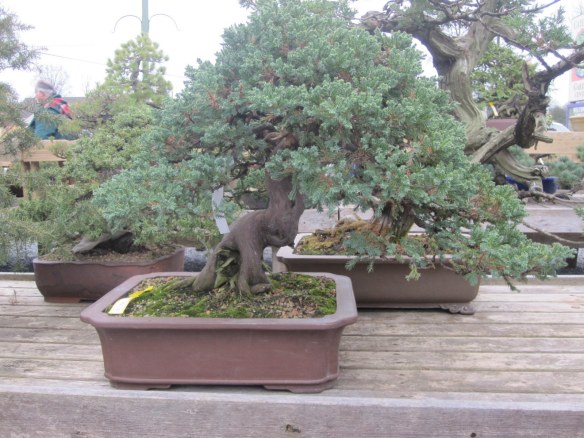
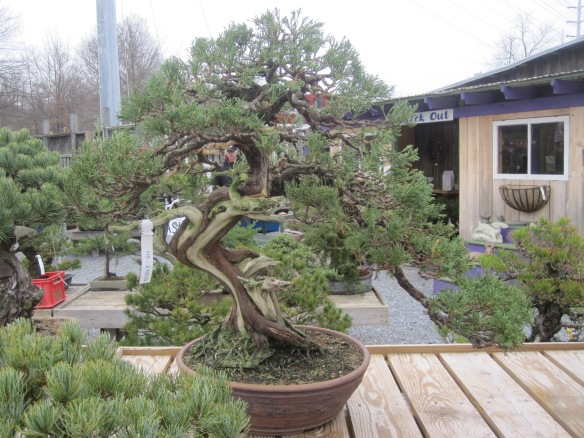
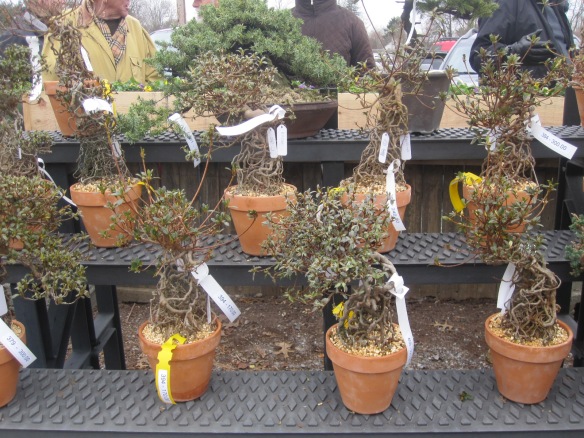
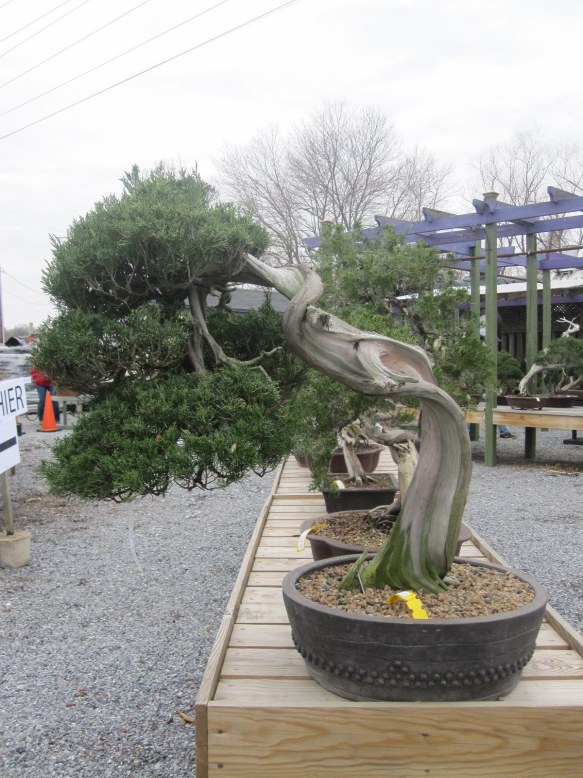
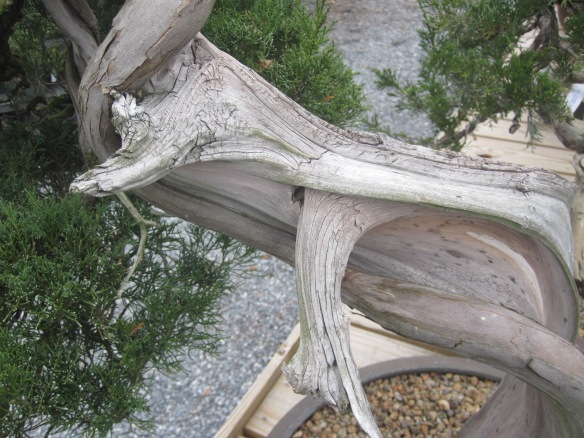
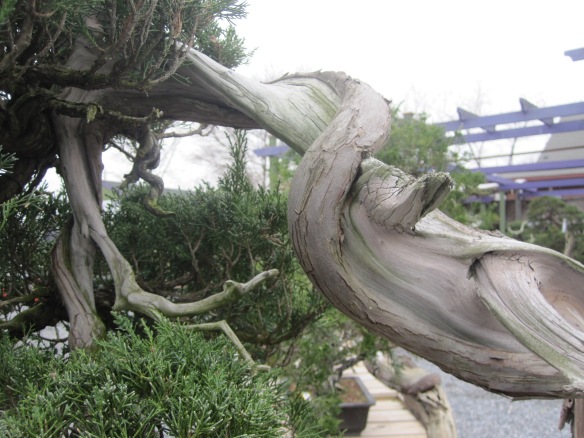
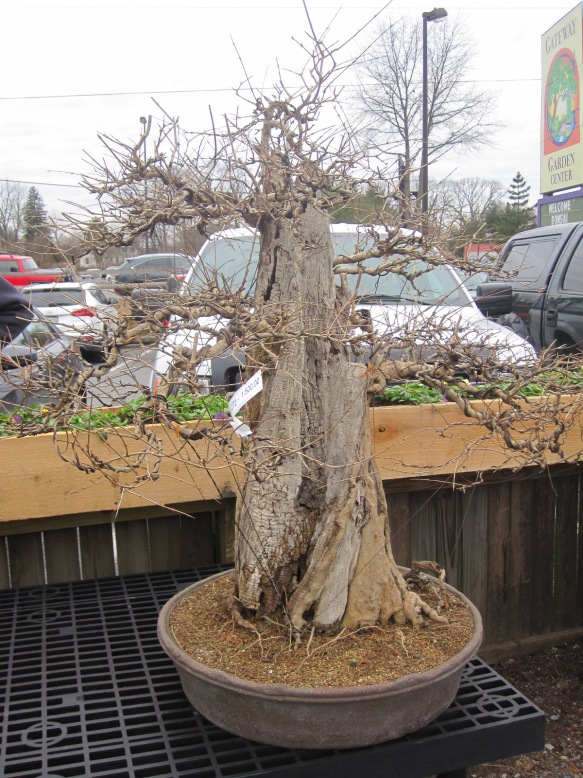
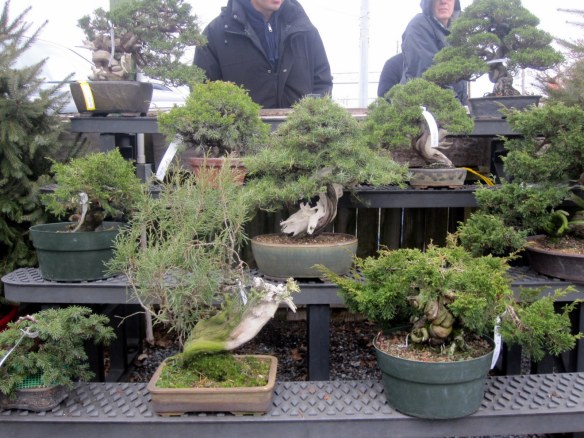
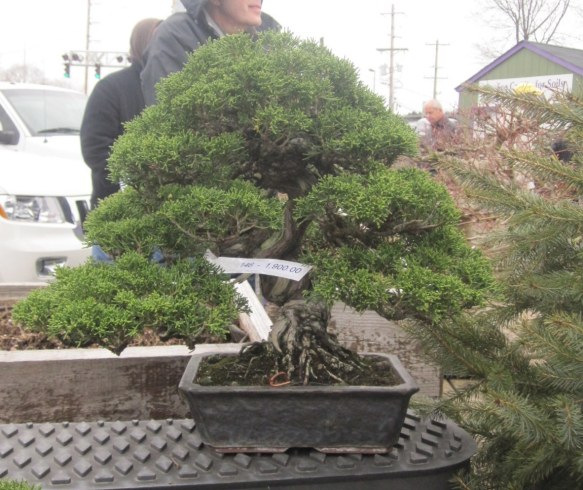

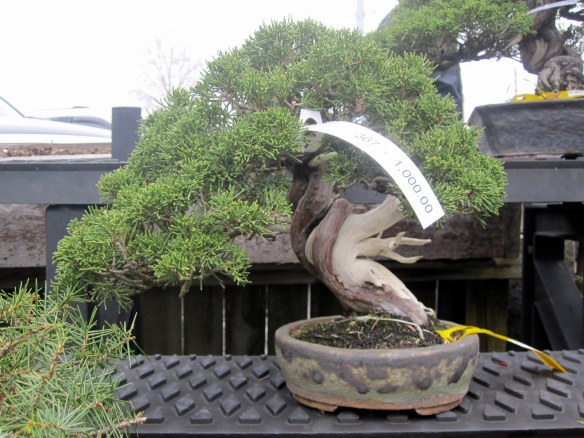
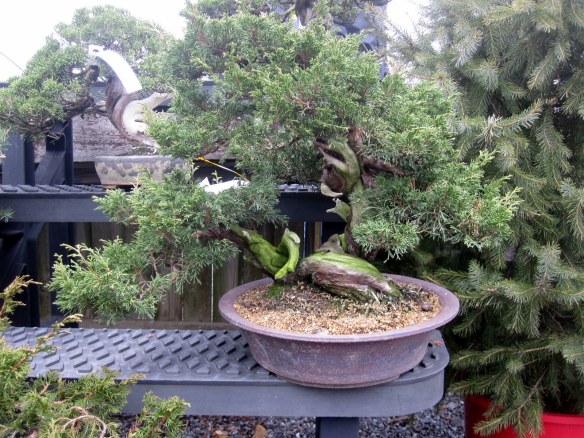

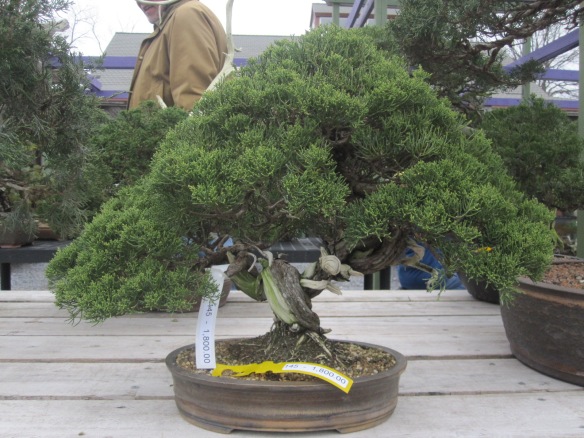

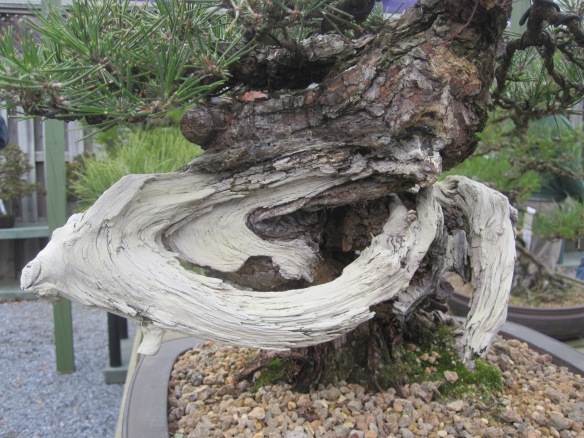


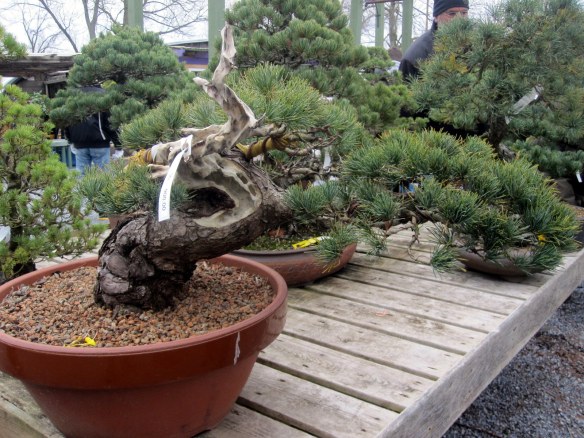

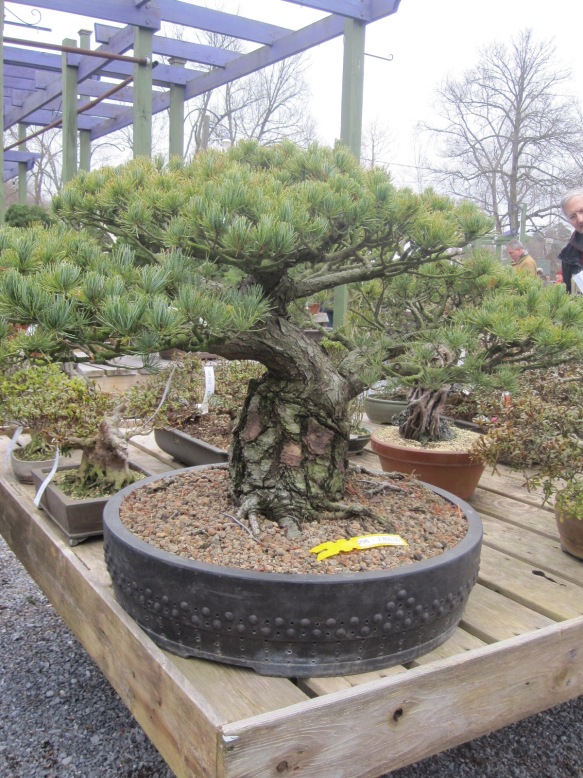
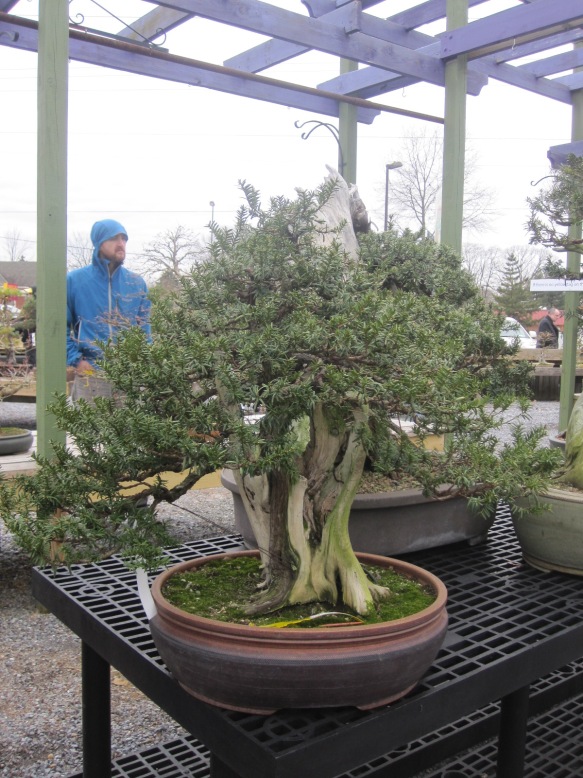
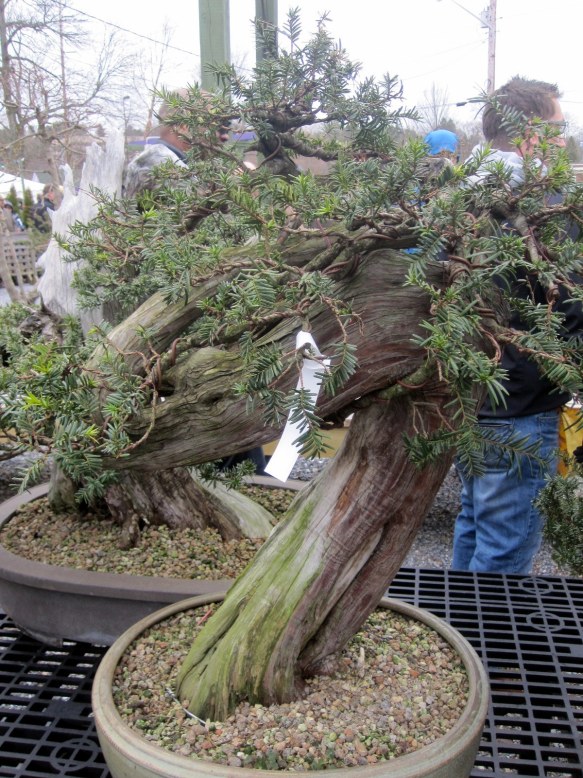
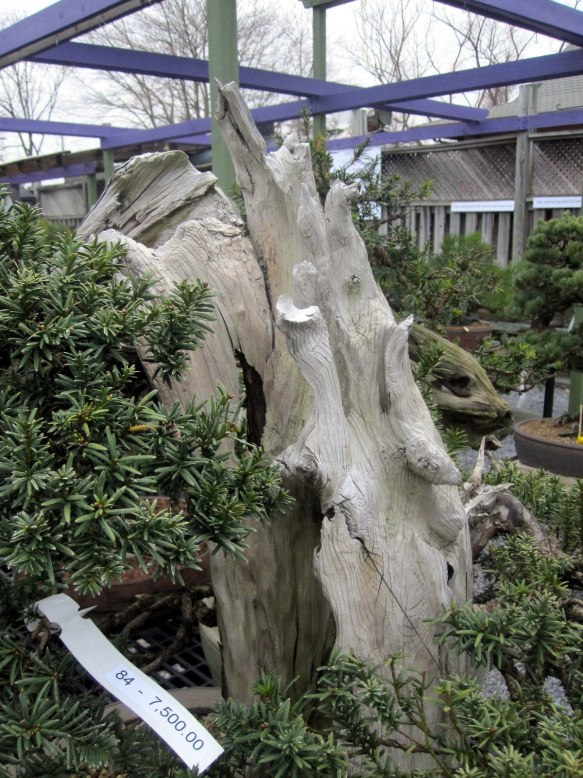

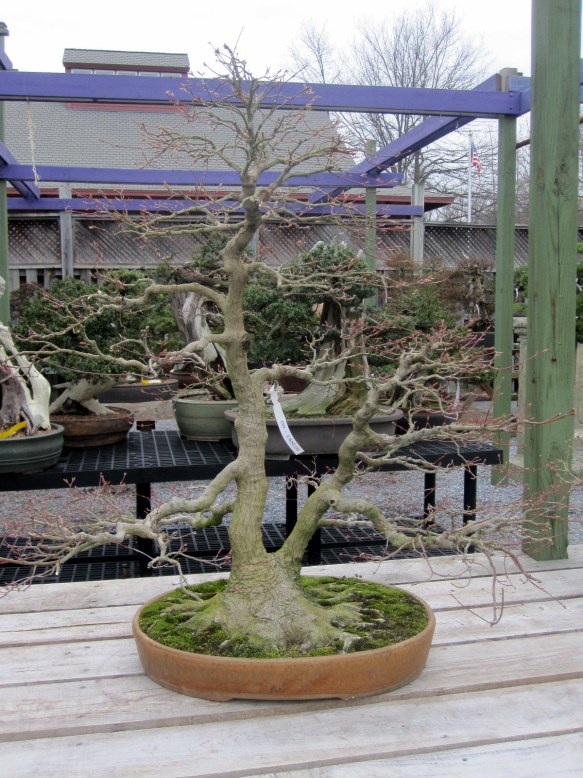
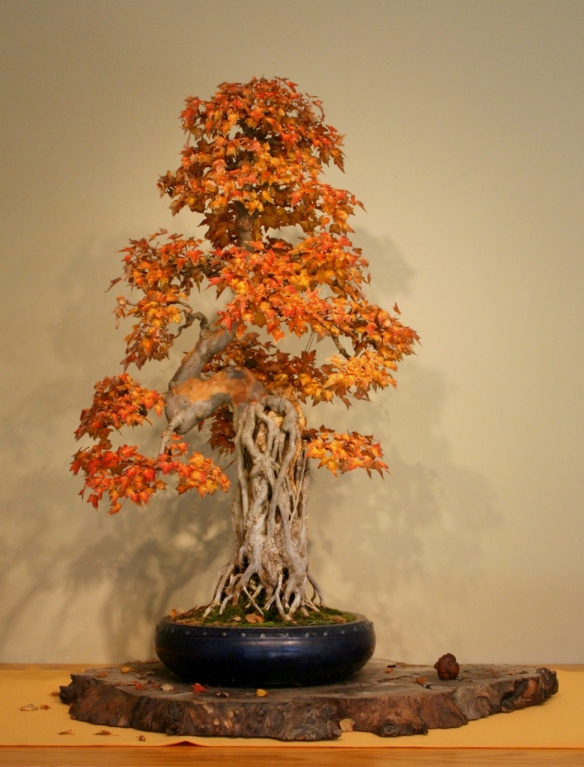
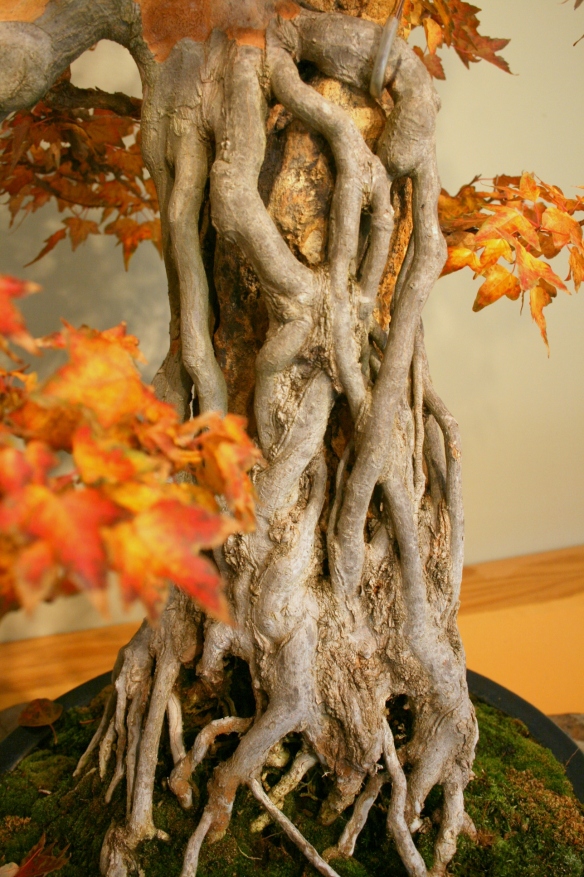
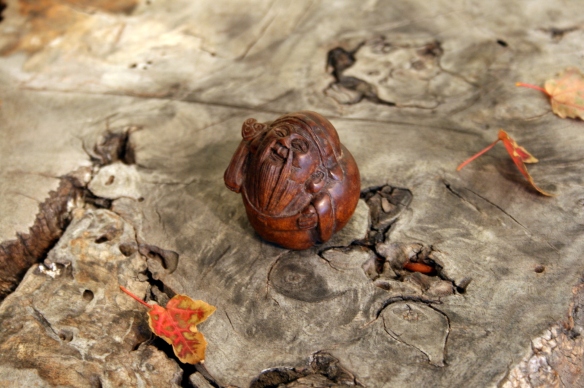
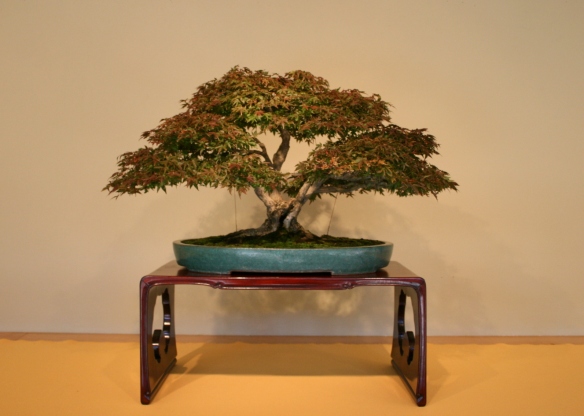
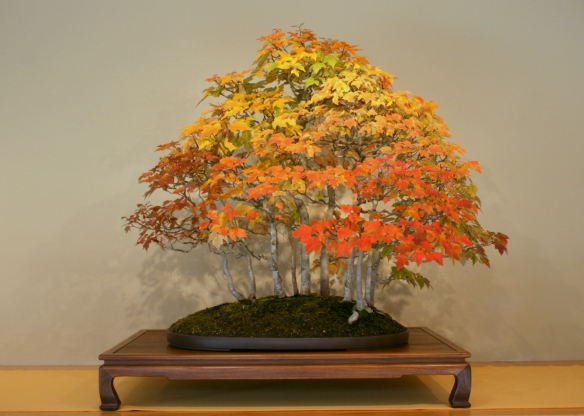
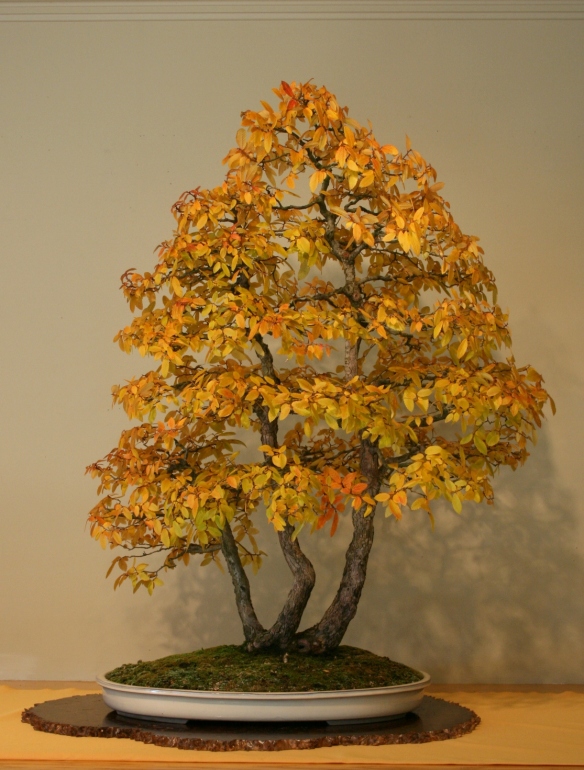
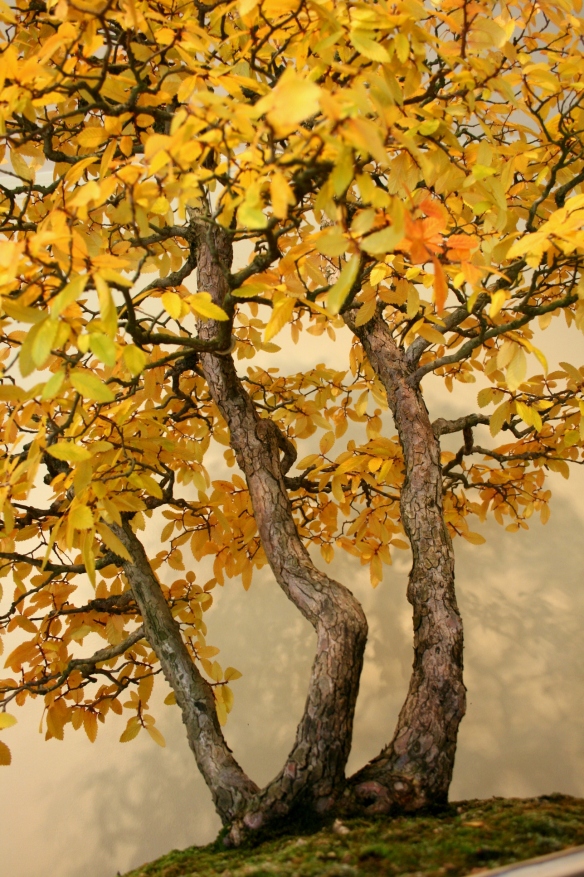

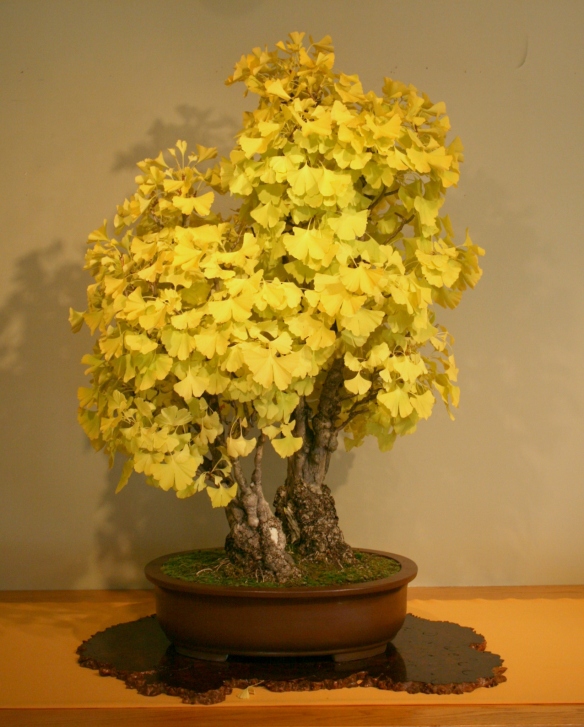
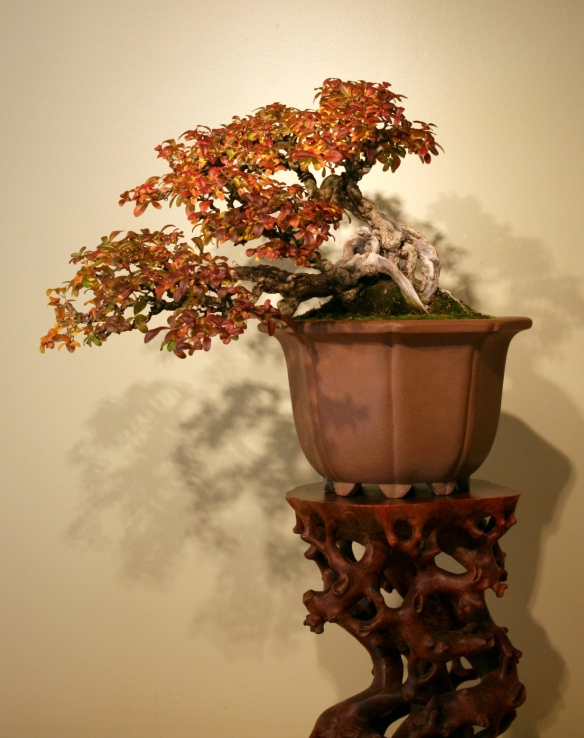
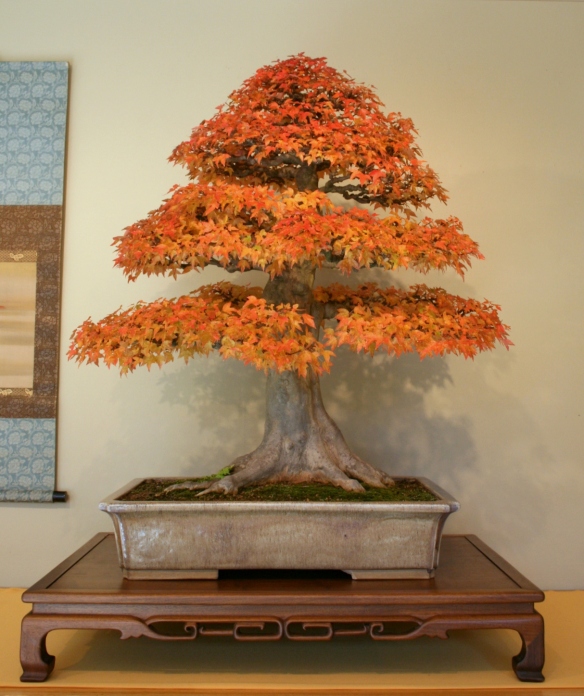
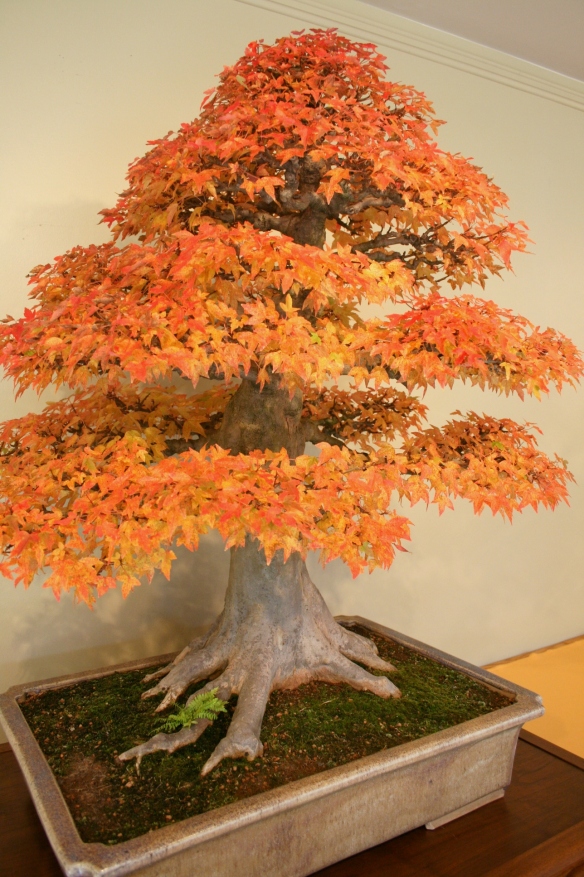
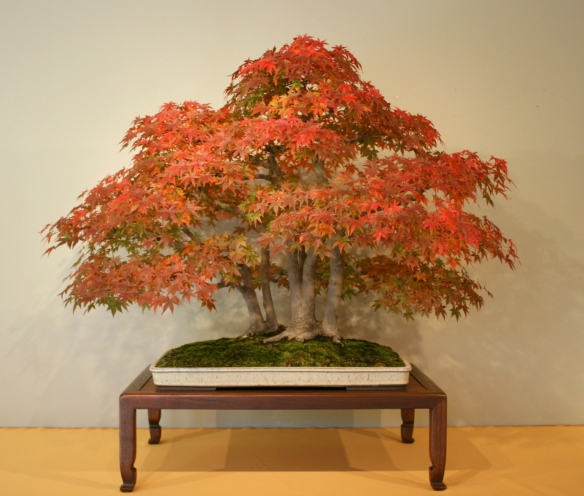
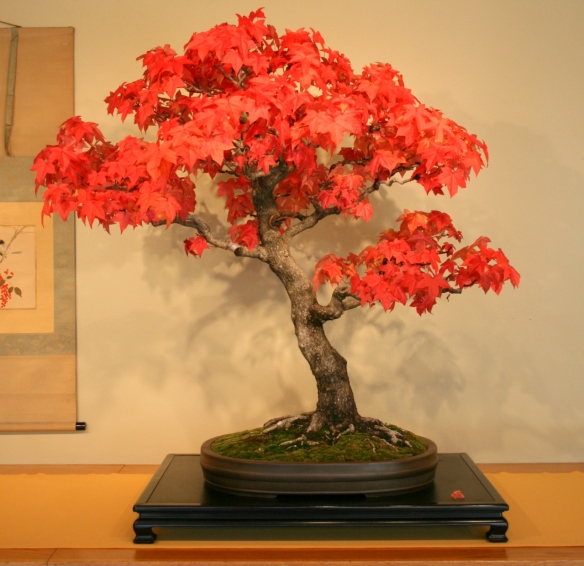

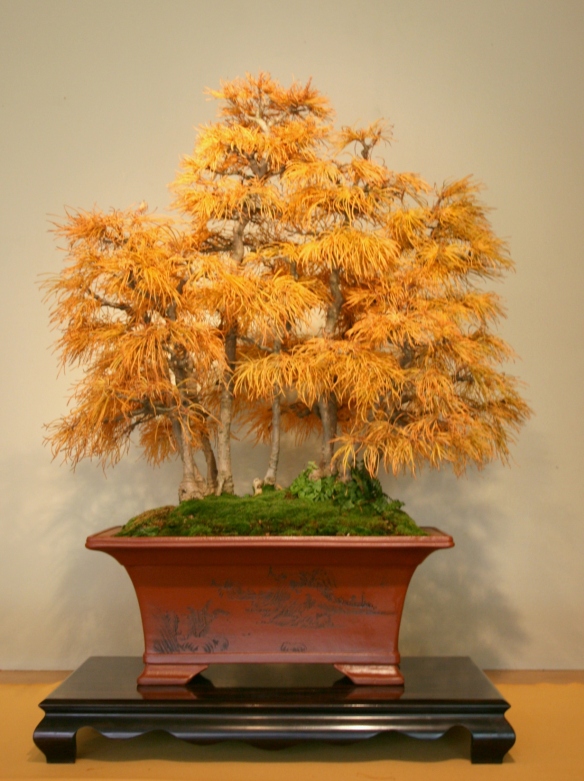

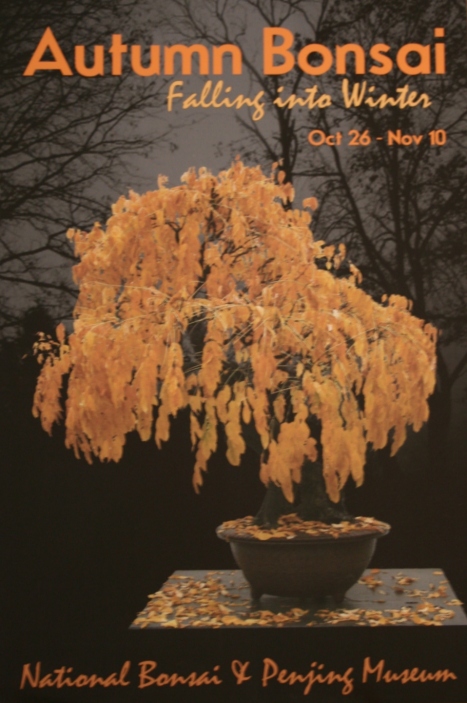

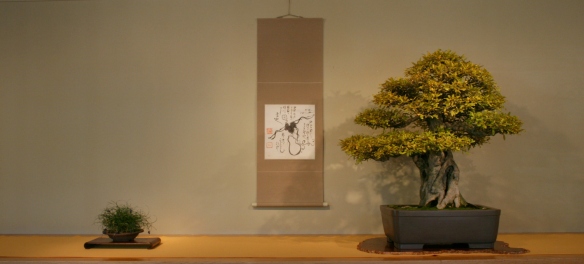
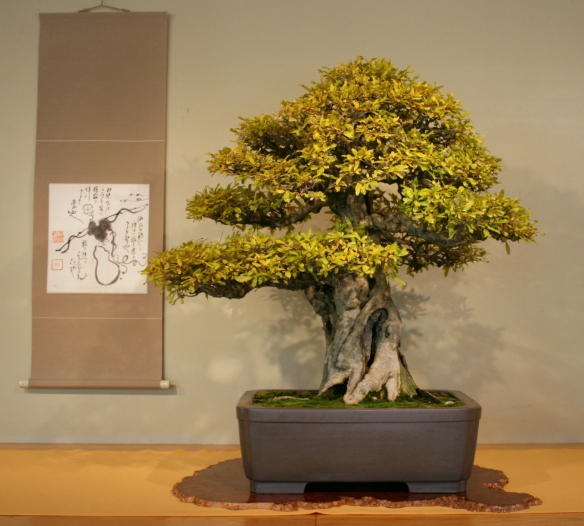

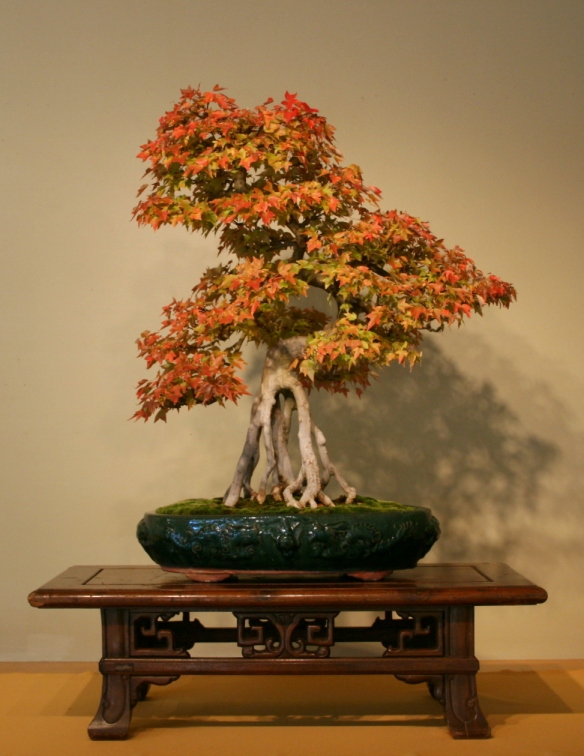 Trident Maple, Acer buergerianum, Age unknown, Donated by Stanley Chin.
Trident Maple, Acer buergerianum, Age unknown, Donated by Stanley Chin.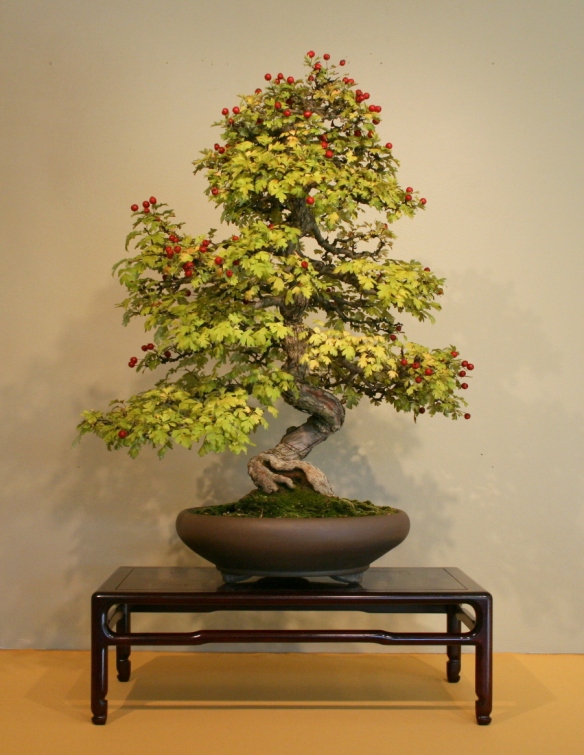
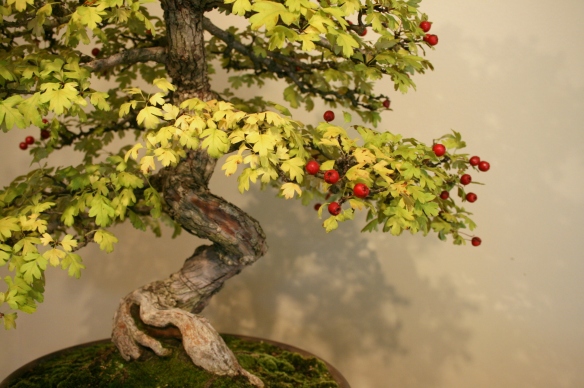

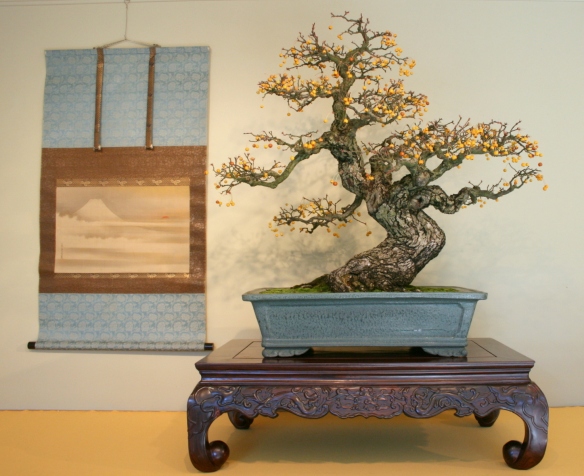
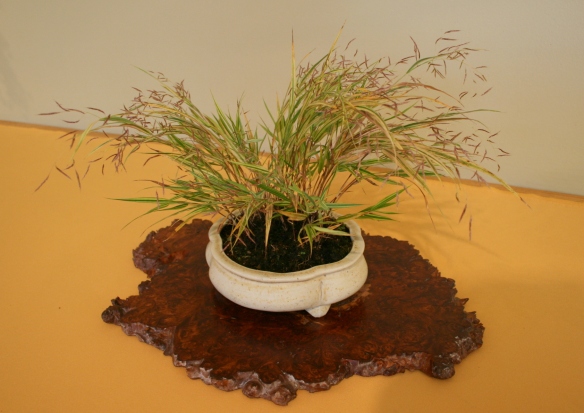
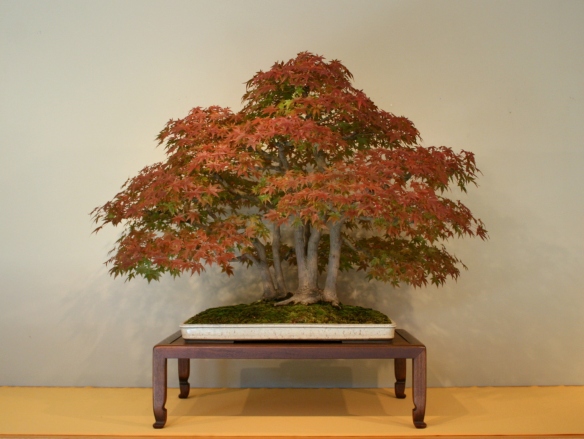

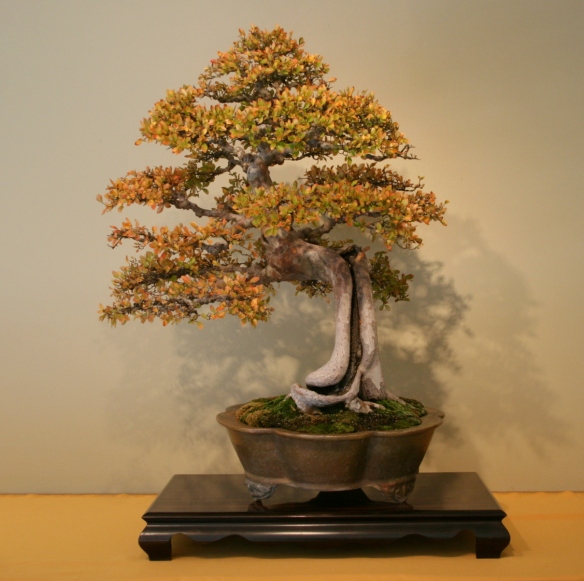
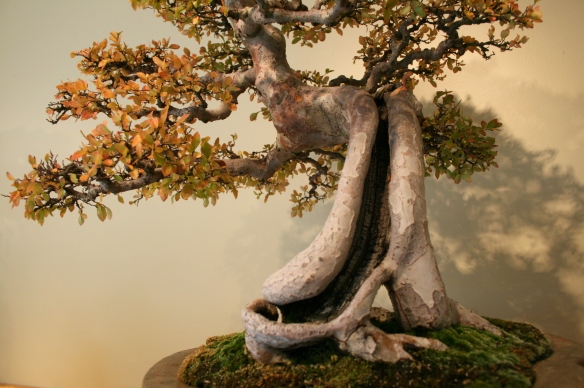

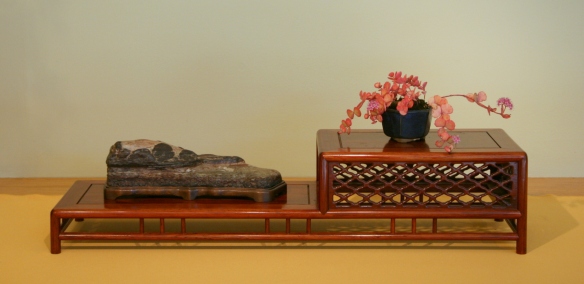

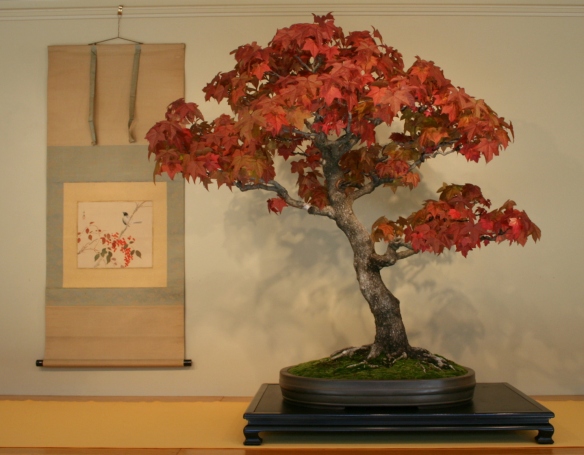
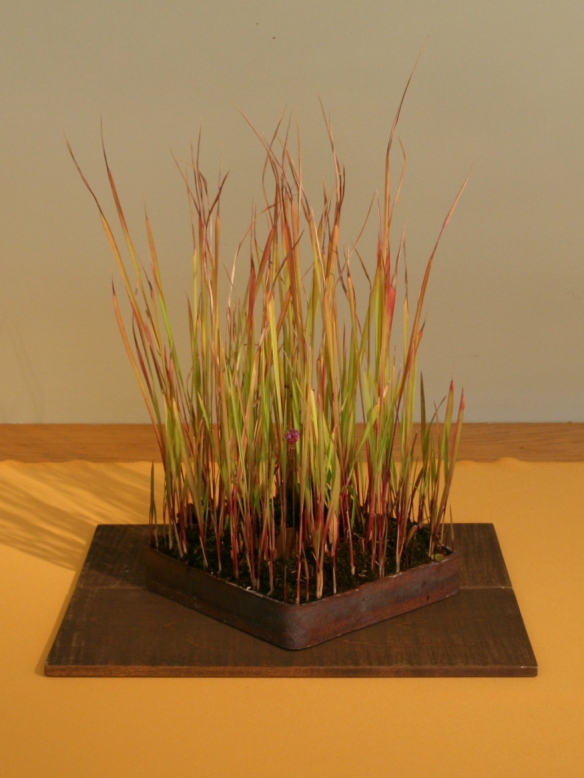
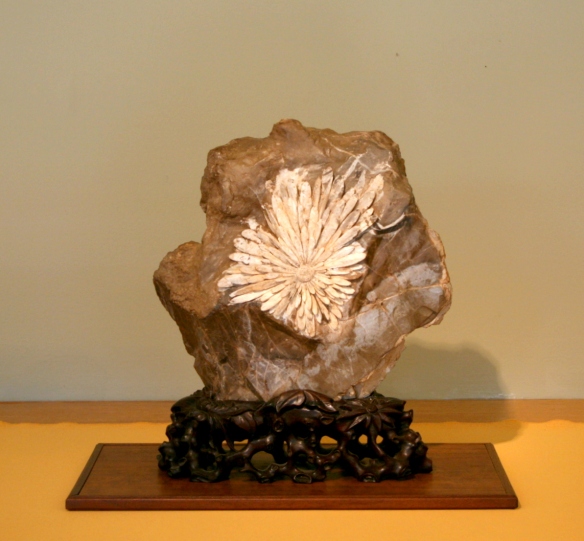
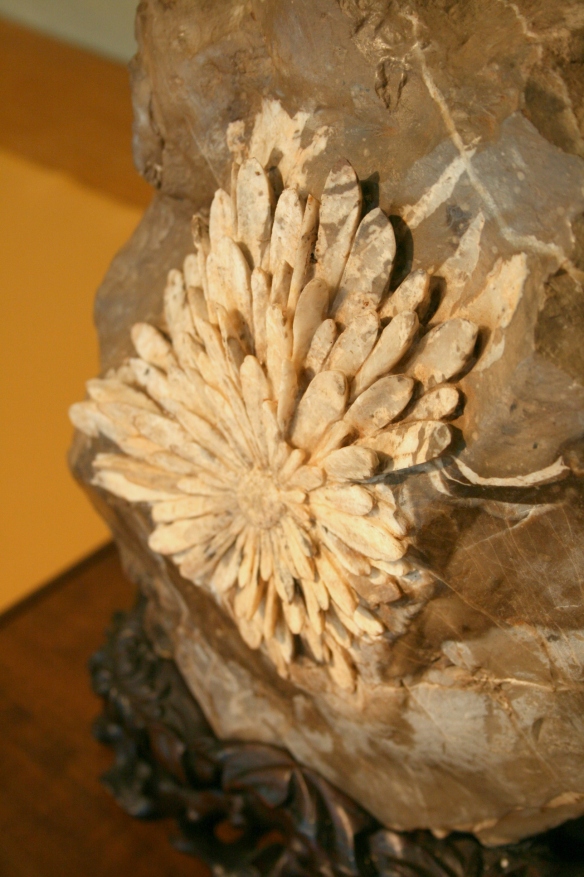
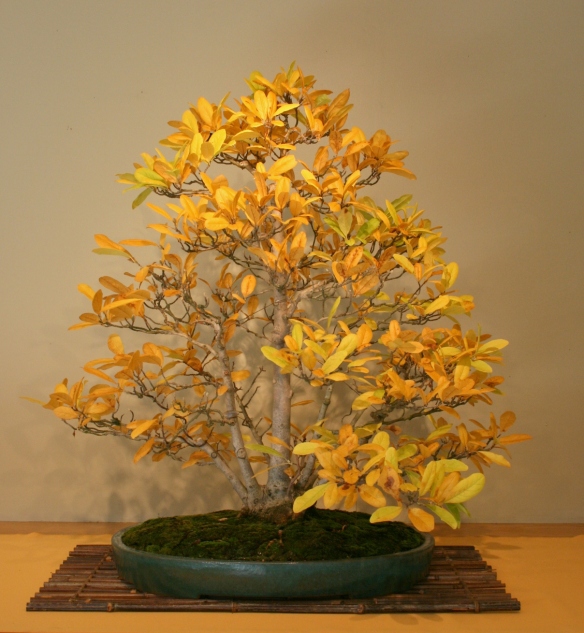
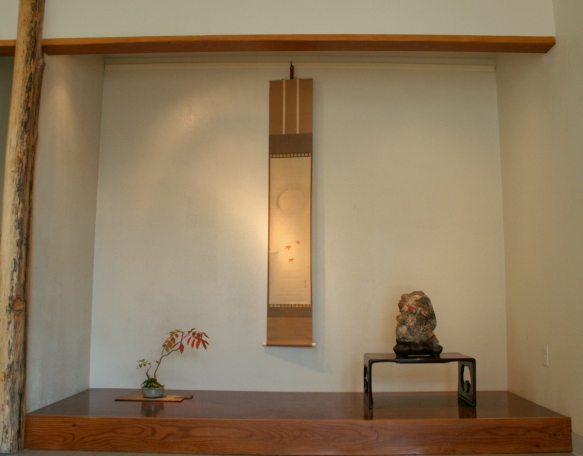
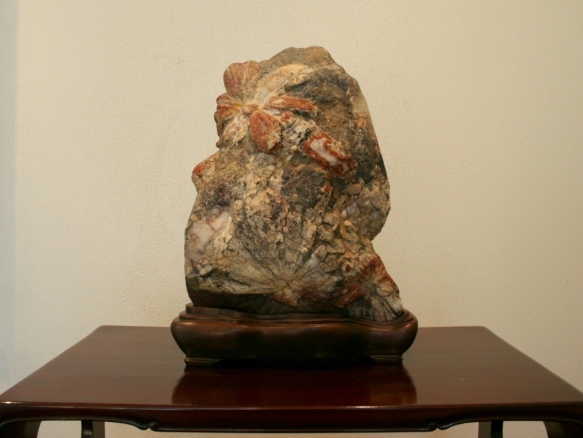
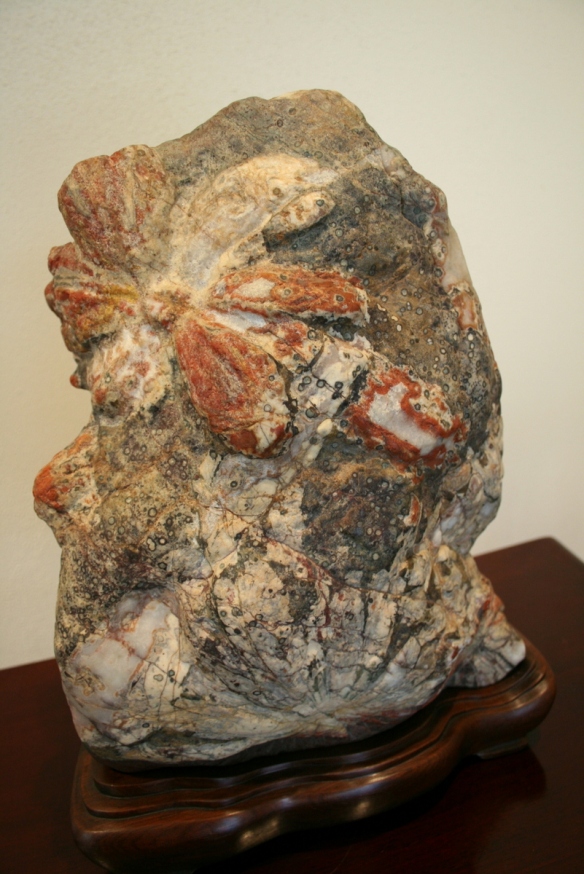
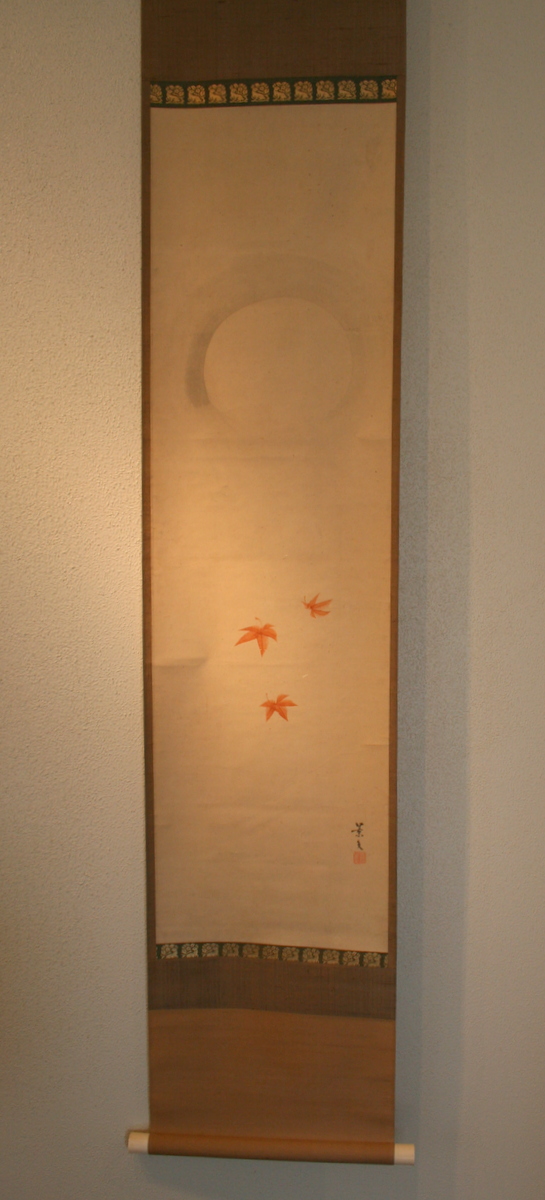
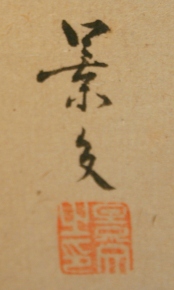

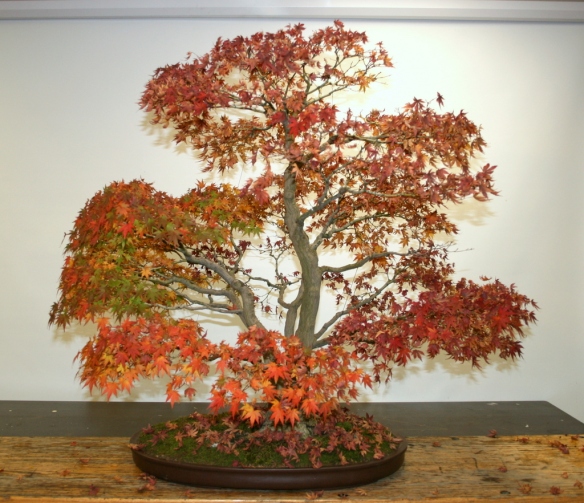

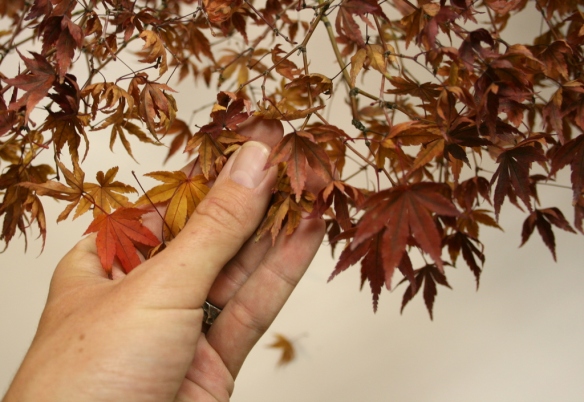

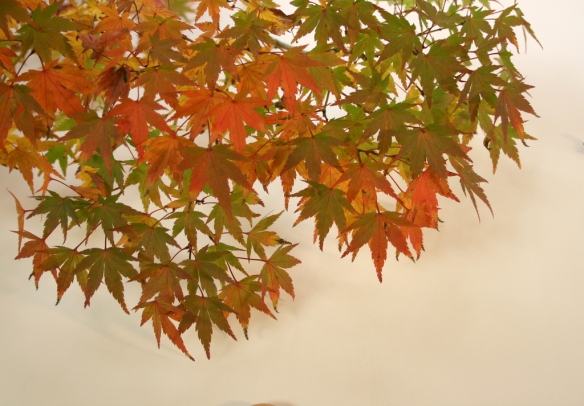




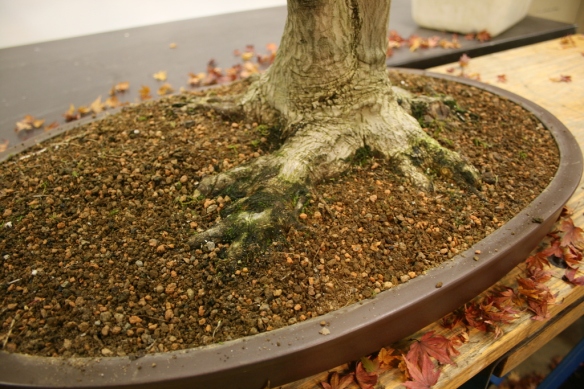
You must be logged in to post a comment.